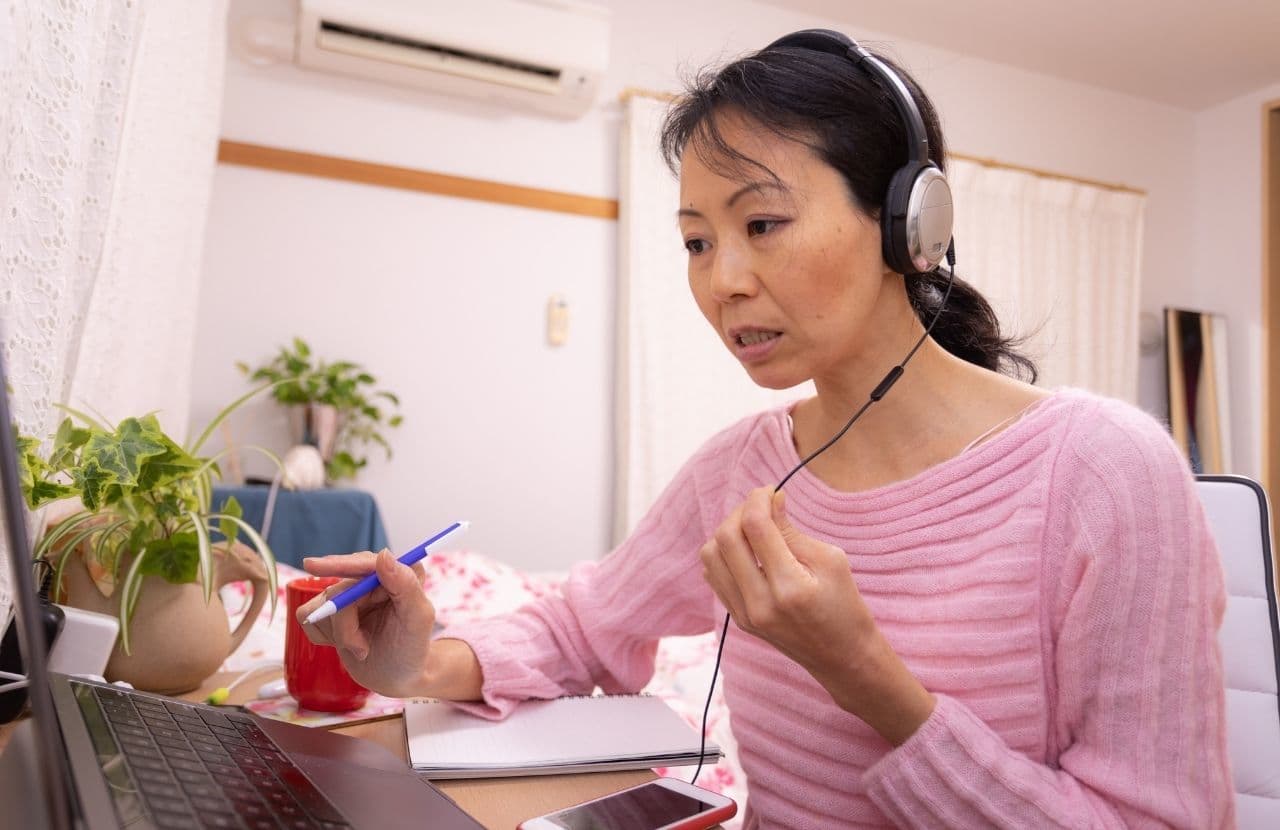

Fundamental changes are necessary to produce parity for women in the workplace
"Japan plans to lift economy by getting new moms back to work" is the headline on the front page of yesterday's Los Angeles Times business section. The news: Japan's Prime Minister Shinzo Abe has announced formal plans to lure at-home moms back to work to help allay Japan's chronic employment shortage.
In 2008, I keynoted a major conference in Japan sponsored by Japan Women's University and the U.S. Embassy in Japan called Second Chance for Women on this very topic. I also spent a week giving talks around the country where I was able to speak directly to Japanese mothers about the "return to work" issue. I returned to Japan in 2011 for more speeches and conversations, with some of the moms furtively whispering in my ear. They literally did not want to discuss the topic out loud.
Right before I left for the second trip, Amy Chua's controversial book about her parenting style, Battle Hymn of the Tiger Mother, went global. Although Chua is Chinese-American, the debate about her book broadened to a discussion of "Asian parenting". In response, I wrote this article about the special challenges faced by women in Japan and Korea who want to return to work after a career break. The title, "In Japan and Korea, Asian-style Parenting Means Mom Stays Home," says it all.
The women and work situation in Japan is complex. The challenges come from societal, corporate and cultural norms, government taxation and immigration policies, and a tight day care market. Specifically, they are as follows:
It is encouraging to hear that Prime Minister Abe's plan for increasing the work force participation of at-home moms includes new policies to address some of the many challenges Japanese women face in maintaining their career continuity. Abe's plan is a giant step in the right direction. However, changes in government policy are only part of the solution. Japan has a long way to go before there is parity for women in the workplace, and fundamental shifts in societal, cultural and corporate norms are required for real progress to be made.
Join our growing relauncher communities on Facebook and LinkedIn. For more great guidance on your relaunch and updates on when return to work programs are accepting applications, events for relaunchers and more, be sure to sign up for our Return to Work Report and follow us on social media to stay informed!